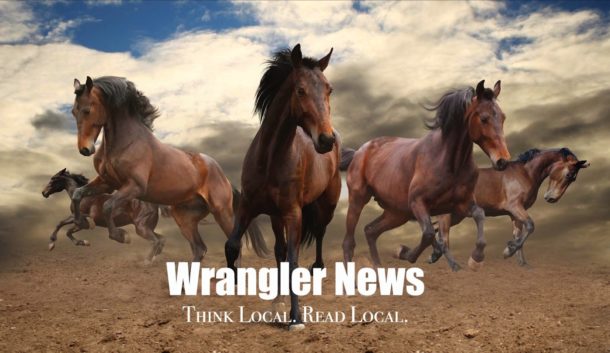
Whether you’re a devoted enthusiast or a casual passer-by, Tempe’s bike paths are designed to do more than help ensure a comfortable, safe environment for the city’s growing crowd of free-wheelers.
Eric Iwerson, Tempe’s 2011 Bike Hero, insists that improving paths helps beautify communities, reduce traffic, build community and, not to be overlooked, lower crime both on the paths and in adjacent neighborhoods.
At a recent meeting of Kyrene Corridor Rotarians, Iwerson, whose fulltime job is transportation planner and community liaison for the city of Tempe, explained the often unheralded rationale for the city’s network of bike pathways.
It’s an approach, he added, that has consistently helped make Tempe one of America’s most “bike friendly” communities—and it brings more than just the obvious benefits.
“Improving bike paths is recognized as a way to ‘activate an area.’ If a canal bank, for example, lacks shade and pavement, or feels unsafe at night, improving the space can bring in people and make it more friendly and fun to use.”
The same approaches used by the city to upgrade bike paths apply to other aspects of what planners typically refer as changing the public’s opinion of a community’s physical space.
“What for a 100 years or longer was used to convey power or water, for example (as does the Western Canal that cuts across south Tempe and links to neighboring cities on both north and south), now also serves for the conveyance of people and a celebration of history,” said Iwerson
However, another sometimes unrecognized benefit is that it includes maximizing functionality.
This is important, Iwerson said, because Tempe is completely built out.
But the planning process for such projects doesn’t stop with functionality, suggested Iwerson. It also involves visioning an end result that is aesthetically pleasing as well as utilitarian. To help achieve that goal, Iwerson said, the city often hires an artist for certain elements, like the high-fence barrier protecting against errant balls that might otherwise jeopardize riders, walkers and joggers who use the path alongside Ken McDonald Golf Course. Some of the lighting and other design elements along portions of the path are also creatively inspired.
As to funding for these projects, Iwerson says it is surprising to many is that the majority of bike-path improvements, as well as other transportation projects, are often up to 90 percent federally funded.
And because path improvements often also result in enhancements to adjacent land, the projects sometimes receive financial support from private developments as well.
“You can have a restaurant that suddenly wants a patio facing the canal bank or the Salt River, making it a more interesting, usable space for everyone,” said Iwerson.
“For example, Hayden’s Ferry and other developments along Rio Salado Town Lake helped pay for light poles, concrete and trees, along with connecting the path projects to their buildings and patios. They help pay for them, but benefit from them as well,” said Iwerson.
Tempe City Council has been strongly committed to bike-path projects, landscaping and public art, said Iwerson, and continues to expand and improve paths.
The next project, for which the city already has secured federal funding, will extend the path along the Rio Salado to the eastern edge of the airport and eastward from Tempe Marketplace to Mesa’s Riverview complex and the future Cubs stadium.
Recent improvements to the Western Canal Path in the Kyrene Corridor have included paving and beautifying the paths, adding lights and installing stop lights where the paths cross major streets.
Kyrene Corridor Rotary Club meets Mondays at 12:10 p.m., except holidays, at Kobe Japanese Steak House (SW corner of Elliot and Hardy). Upcoming speakers include Denny Barney, who is running for Maricopa County Supervisor (June 4) and Glenn Capeloto, author of You’re in the Front Row.


